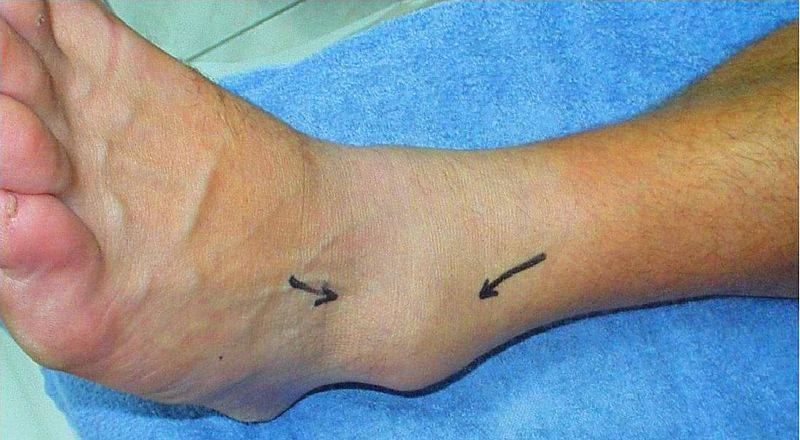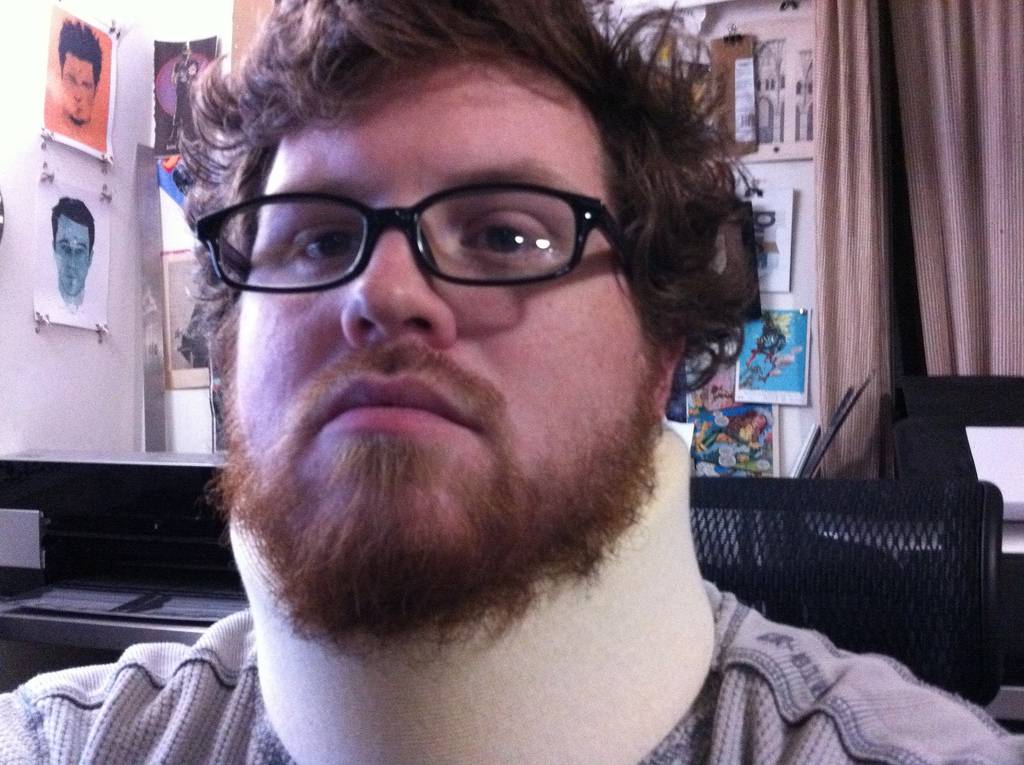If you look at the posters for gyms, it looks like working out is nothing but a breeze. Your hair will be glossy, your muscles bulging with every treadmill step you take. Your skin will be glowing – no risks of being red and sweaty here! Your clothes will be effortlessly stylish, and you’ll finish off a workout in the juice bar, looking the very picture of health.
For anyone who has any experience of working out, these pictures are as much a fantasy as Daenerys’s dragons on Game of Thrones. That isn’t how you look when you work out. Your face is puce, everything sticks to your sweaty body, and the risk of a niggling pain becoming something more is always with you.
Injuring yourself is a huge setback in terms of fitness, as it pushes you onto the sidelines while you recover. It’s also a pain – literally – in everyday life, as you lift a glass to drink from and wince at the spike of pain from protesting muscles.
If you know the most common areas that can be injured, then you don’t just have a forecast of doom. Instead, you can focus on making sure these areas are protected, and lower your chances of joining the ranks of the walking injured. A recent university study in Arkansas found that gym injuries have increased by 35% in recent years – so here’s how to avoid joining the bad side of the statistic.
Ankle
For what you expect them to do, your ankles are flimsy and ill-equipped. The entire weight of your body drives through a relatively small area. There’s also a wide variety of ways you can injure it, from tripping on the treadmill (we’ve all been there) to over-extending stretches.

If you’re going to be running or lifting weights, then use an ankle compression sleeve to provide some extra support. Also focus on strengthening your ankles, by rotating them 20 times in each direction every day.
Neck
Resisting the urge to make “pain in the neck” puns, neck injuries are no joke. If you do a lot of weights work, this is an area where you’re going to have to be very careful. Never do more than five reps at a time without a break, and if lying down, ensure your neck is supported.

Hamstring

Given the hamstrings are so important to keeping us mobile, it’s a cruel trick of evolution that they’re so fallible. You’re particularly vulnerable when running, so the smallest twinge and you should stop immediately. Proper cooling down is also essential, and save your most vigorous stretches for after exercise rather than before.
Foot-Related Injuries
We’ve focused on muscles so far, but the blight of the exerciser is always going to be blisters, corns and other foot complaints. The biggest preventative action you can take is proper footwear, including insoles for extra support. If you do get a blister, then switch to sitting-based exercise until it heals. If you ignore them, they can become infected and pose a health risk, so treat every abrasion as serious.